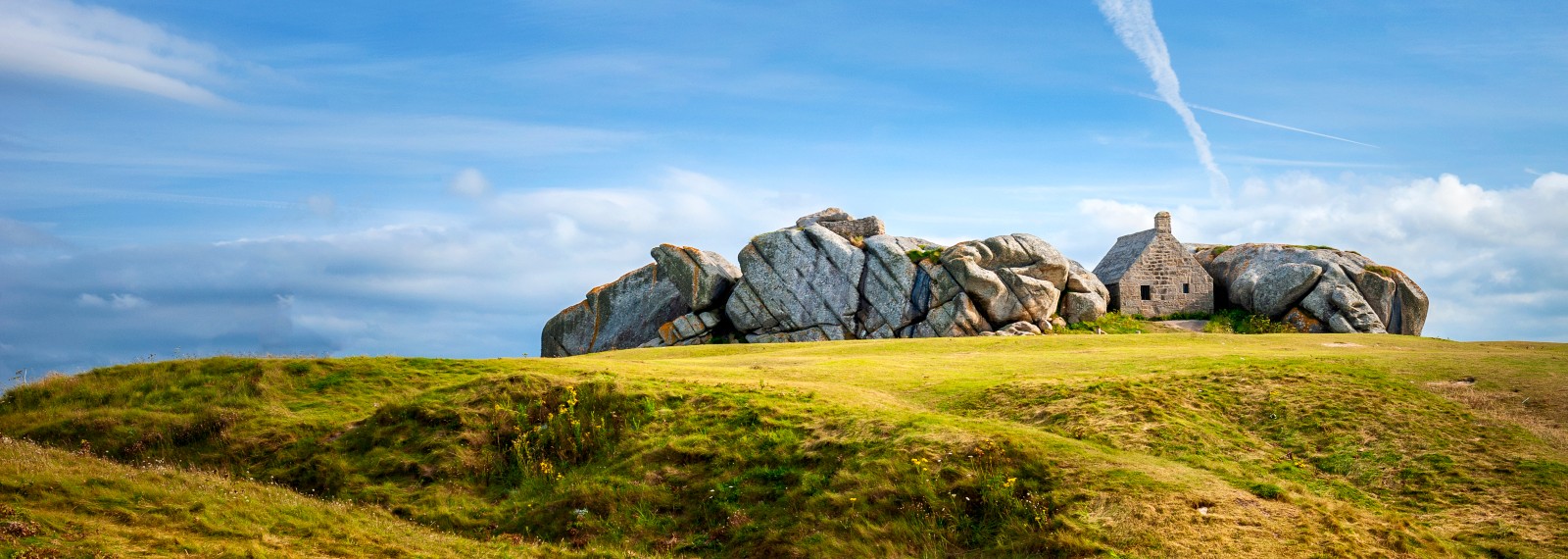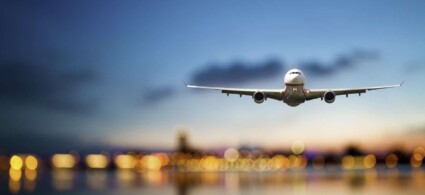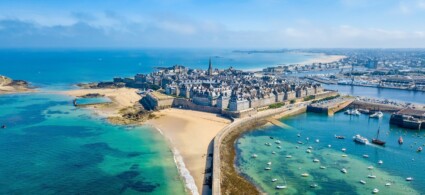

This corner of land jutting out into the Atlantic Ocean is one of the most romantic and evocative places in Europe.
You will be enchanted by its windswept cliffs, its lighthouses perched and battered by the stormy sea, its picturesque fishing villages, its legendary forests, its enchanted castles, its rocky bays shaped into fairy-tale forms.
But above all, you will be enraptured and fascinated by a culture of traditions and legends rooted in Celtic mythology, passionately felt and experienced by the local population.
All this is Brittany, an ancient and never fully tamed land.

Stretching out towards the Atlantic Ocean, Brittany is a land full of many different souls, making it unique in beauty and charm throughout Europe: from wild nature, ideal for regenerating walks, to prehistoric sites, passing through spectacular medieval towns with their historical charm.
Almost on the border with Normandy is Saint Malo, the corsair city, fortified and mighty: a taste of Brittany’s legendary history.
Equally enchanting and picturesque is the town of Dinan, which retains its medieval beauty intact, as do Quimper, Rennes and Vannes. In these beautiful little towns, half-timbered houses, perfectly preserved old towns and narrow alleyways take visitors back in time.
On the other hand, Brest, heavily damaged by World War II, is decidedly more modern: the city has managed to revive and renew itself, focusing on its maritime vocation and modern culture.
If, on the other hand, you love mythology, then you absolutely must go to the Paimpont Forest: here, every lush corner speaks of King Arthur, Merlin and Morgana. A legendary place steeped in mystery and magic. If you prefer history, Carnac is the place for you. It is home to one of Europe’s largest archaeological sites, with more than 3,000 perfectly aligned menhirs.
A picturesque part of Brittany is undoubtedly its seafaring vocation: in Cancale, home of oysters, and in Concarneau, a small fortified citadel, you can experience all the love of the sea that this region jealously guards.
Finally, unmissable and majestic, the Pink Granite Coast is the jewel of the entire Breton coastline: here the sea and the wind have moulded the rocks into extravagant and bizarre shapes, which glow with the particular colour of the stone at sunset. The famous Customs Trail passes through here, a loop that allows you to visit the whole of Brittany on foot.
Unlike neighbouring Normandy, which is often cold and windy, Brittany has a wonderful mild climate, due to the gentle influences of the Gulf Stream. Despite this, don’t think you’re in the tropics: its direct ocean frontage gives it an often windy and stormy climate, which brings sudden thunderstorms and abrupt changes in temperature.
In any case, the best time is summer, from June to September, when the possibility of bad rainy days is significantly reduced and when temperatures exceed 20°. Its location, nestled between the English Channel and the Atlantic, gives this land an ideal climate, never too cold or too hot and longer days than in other parts of France.
Moreover, during the summer months, the region comes alive with historical, cultural and nautical events and manifestations that bring its villages to life. First and foremost, the Interceltic Festival of Lorient, the cradle of Celtic culture in Brittany. Every year, the town attracts thousands of visitors who come from all over Europe to celebrate the Celtic language, music and culture. In an atmosphere of festivity and joy, there is a rich programme with more than 200 shows and 4,500 performers.
In Brittany, the sea rises and falls twice a day with a variation of 50 mm each day.
When the moon is above the sea, it pulls the water towards it and the sea level rises: this is high tide. Six hours later, the moon is no longer above the water and the attraction no longer takes place: that is low tide. The power of this attraction depends on the relative position of the moon and the sun with respect to the earth. When all three are aligned, the attraction is maximum; it is the live tide or high tide.
This phenomenon, during which the sea rises and falls the most, occurs every fortnight at the time of the full or new moon. In Brittany, the largest tides occur in March and September, at the time of the equinoxes.
The ‘ebb and flow’, i.e. the difference in level between high and low tide, is an exceptional phenomenon in Brittany. It is the strongest in Europe and reaches, for example, 5.45 m at Penmarc’h and as much as 12 m in the bay of Saint-Malo.
If you wish to take long walks along the coasts, discovering lighthouses and caves among the rocks, it is very important that you consult the tide times available at all local tourist offices.

Like Gaelic, Breton is not a local slang or dialect used by a remote minority, but a real language spoken fluently by some 250,000 people.
Of Celtic origin, the Breton language is now an integral part of the culture of this beautiful region, to the point that more and more people are dedicated to learning and passing it on: there are even 700,000 inhabitants. In fact, there are some thirty institutes throughout the Breton territory dedicated to teaching the language and preserving it over time.
Recognising the Breton language for a tourist is not a simple detail: in fact, Breton culture permeates several aspects of daily life, from road signs (often in two languages) to the names of restaurants to the dishes on the menu or the names of places.
The Breton flag flies everywhere and is a symbol of local pride. It was created in 1923 and is made up of 9 stripes: the 5 black stripes represent the 5 original countries of Upper Brittany, namely Dol, Nantes, Rennes, Saint-Brieuc and Saint-Malo, while the 4 white stripes symbolise the countries of Lower Brittany, which are Cornouaille, Léon, Trégor and Vannetais.
In the top left-hand corner, on the other hand, there is a box of ermines on a white background.
Brittany represents one of the beating hearts in Europe of Celtic culture.
Its culture is permeated with centuries-old traditions and symbols that you will often find during your trip to Brittany. To fully understand its nuances, we have chosen three emblematic symbols of this culture for you.
The heraldic symbol of the ermine has been used in several European countries and was adopted in Brittany by the ducal family of Montfort. Legend has it that the Breton duke began to oppose and stop Viking raids after seeing an ermine being chased by a fox suddenly turn around and attack the larger animal. A clear symbol of cultural and local pride. Today, it can be found on the Breton flag as well as in town coats of arms, on signs and products.
Although it only reappeared in Brittany in the 1920s, the Triskell is an ancient Celtic symbol deeply rooted in the territory. A symbol of movement and change, in addition to being a decorative element, it has become the very emblem of Celtic culture.



